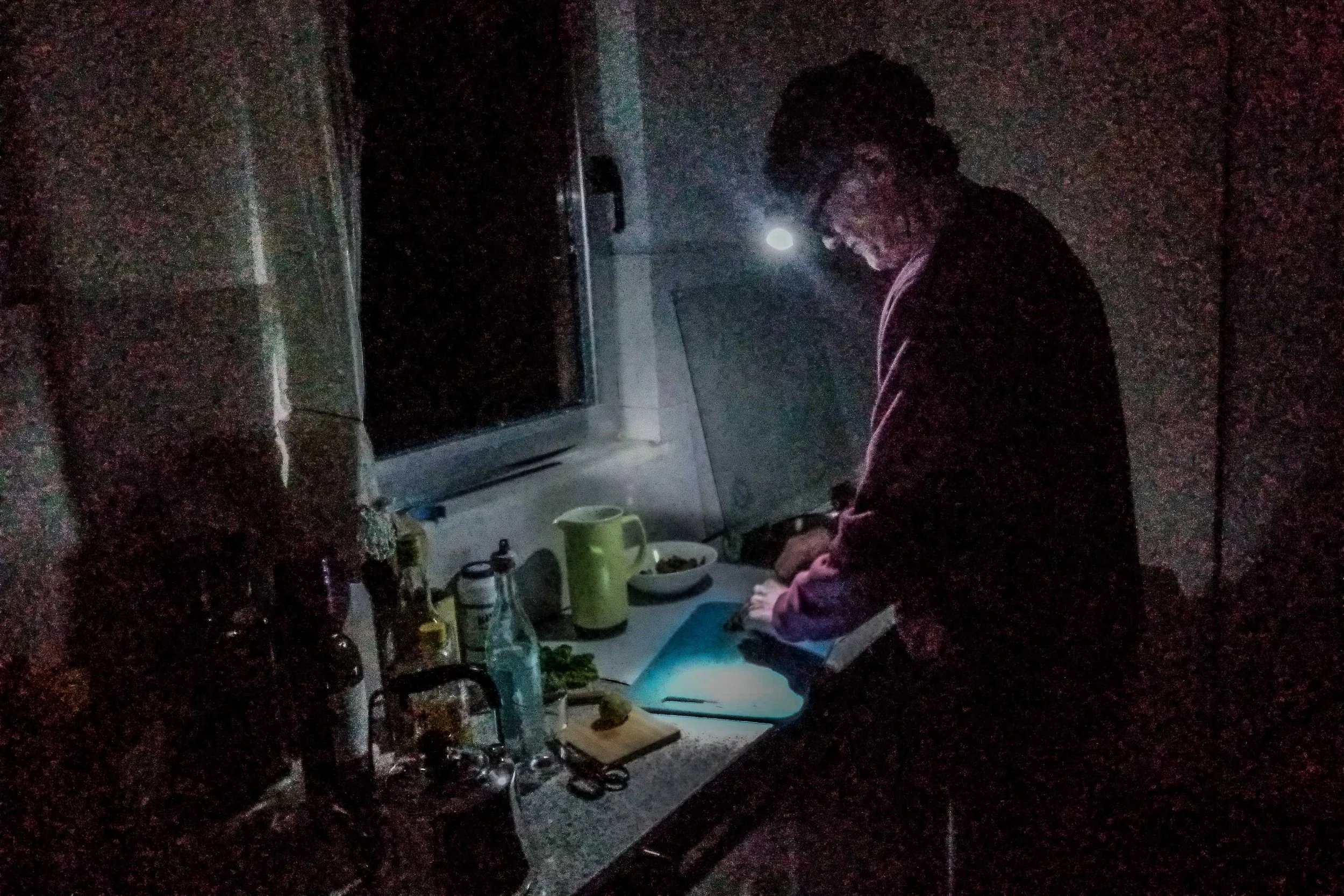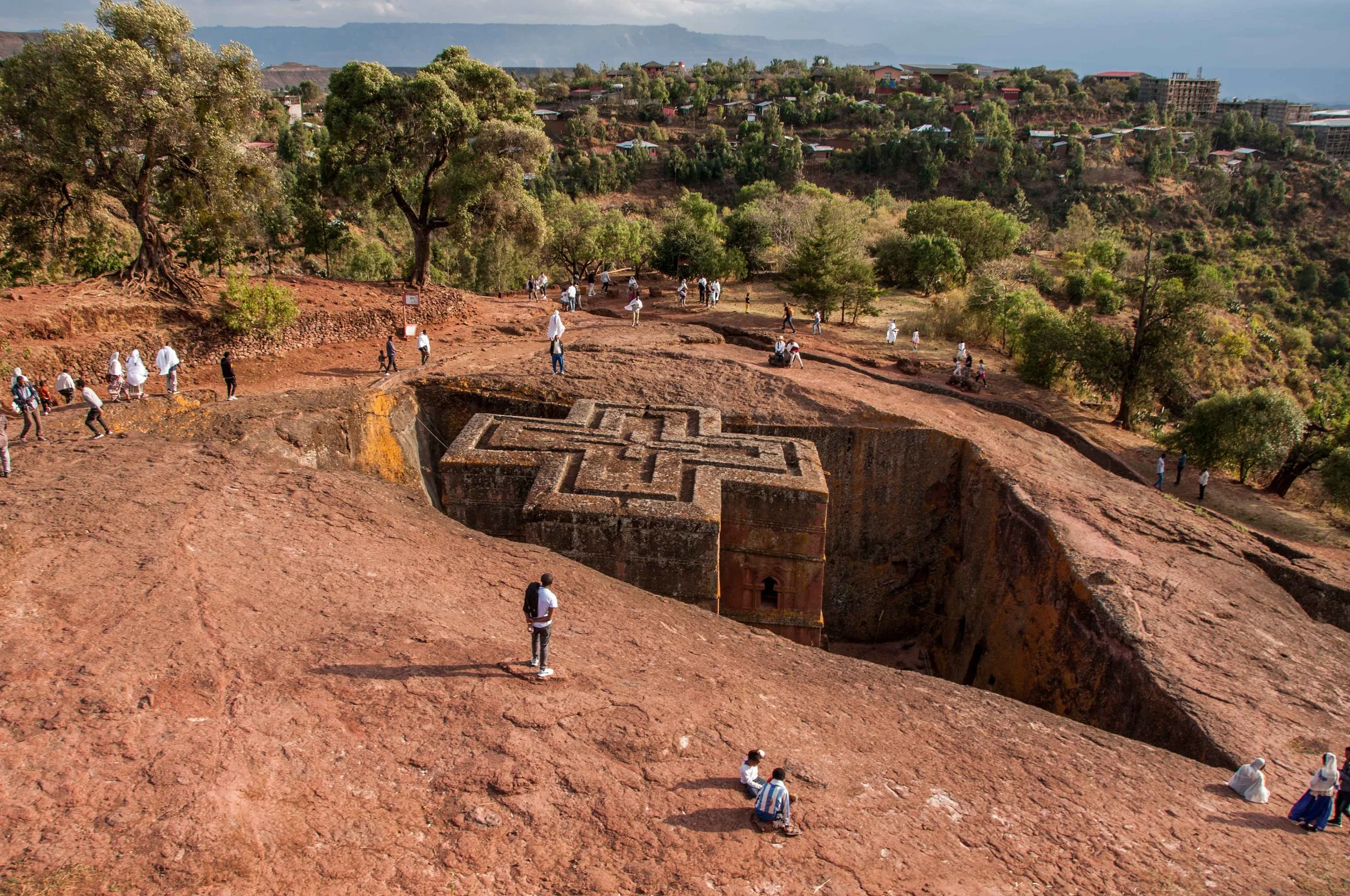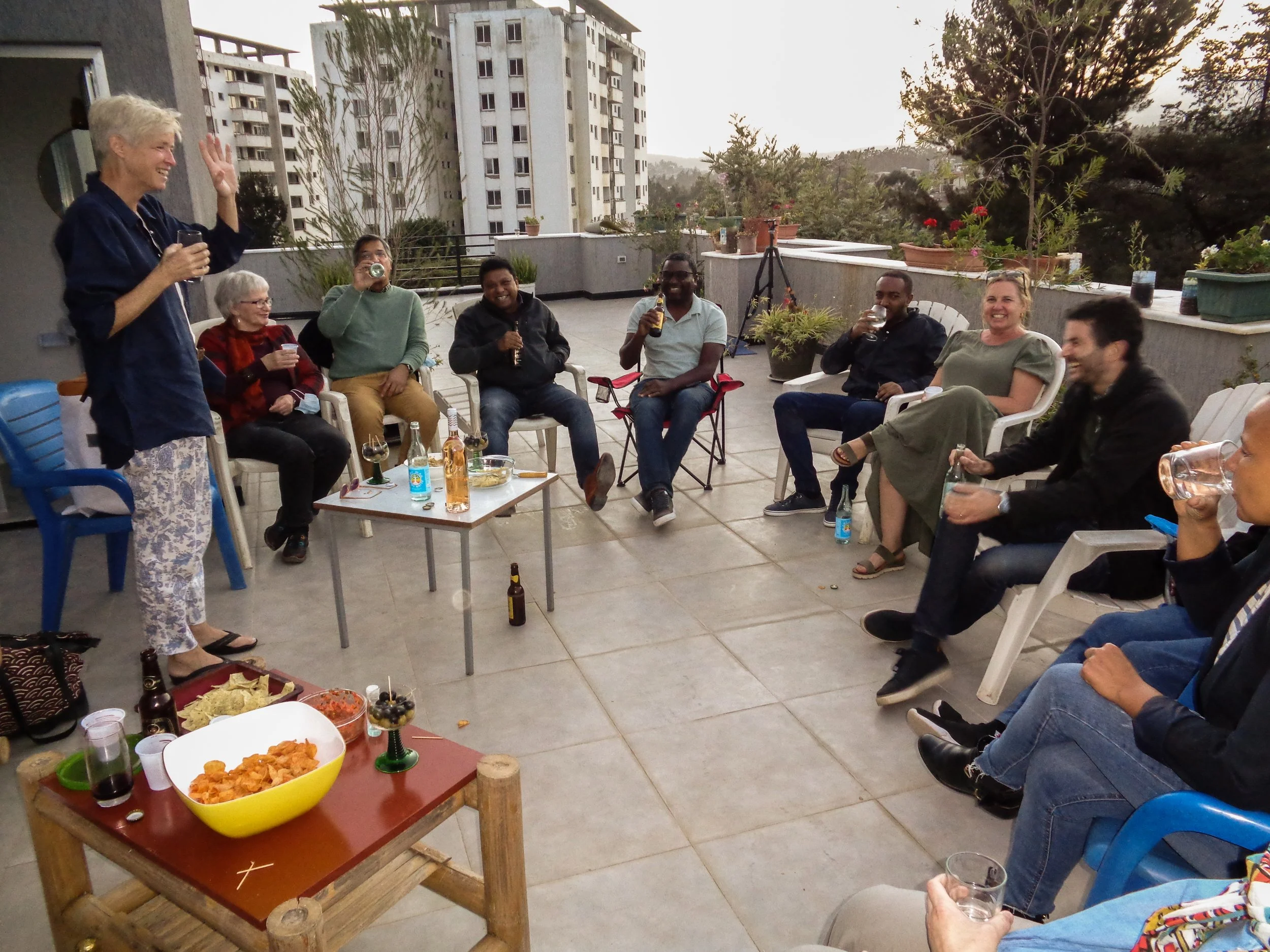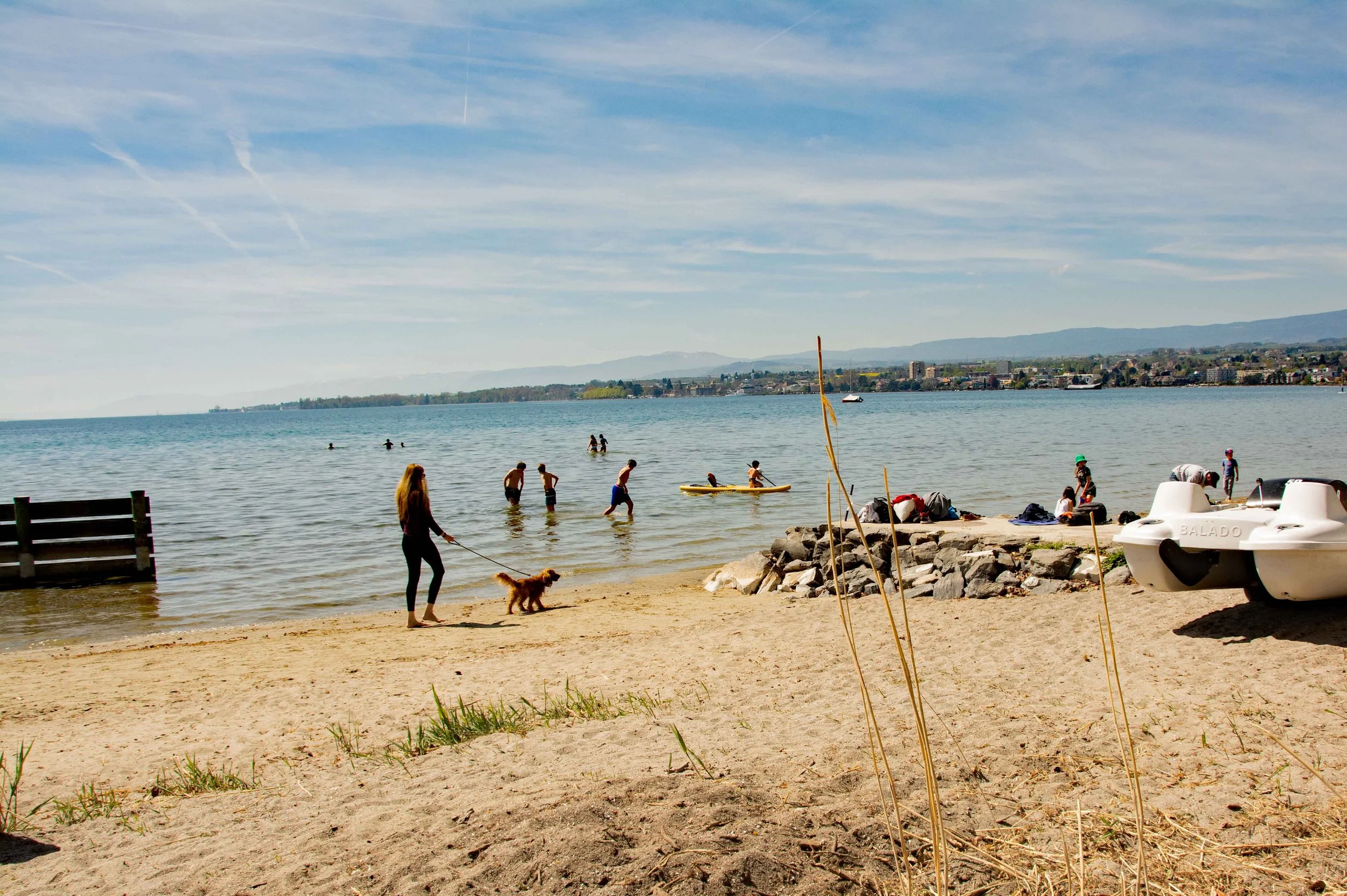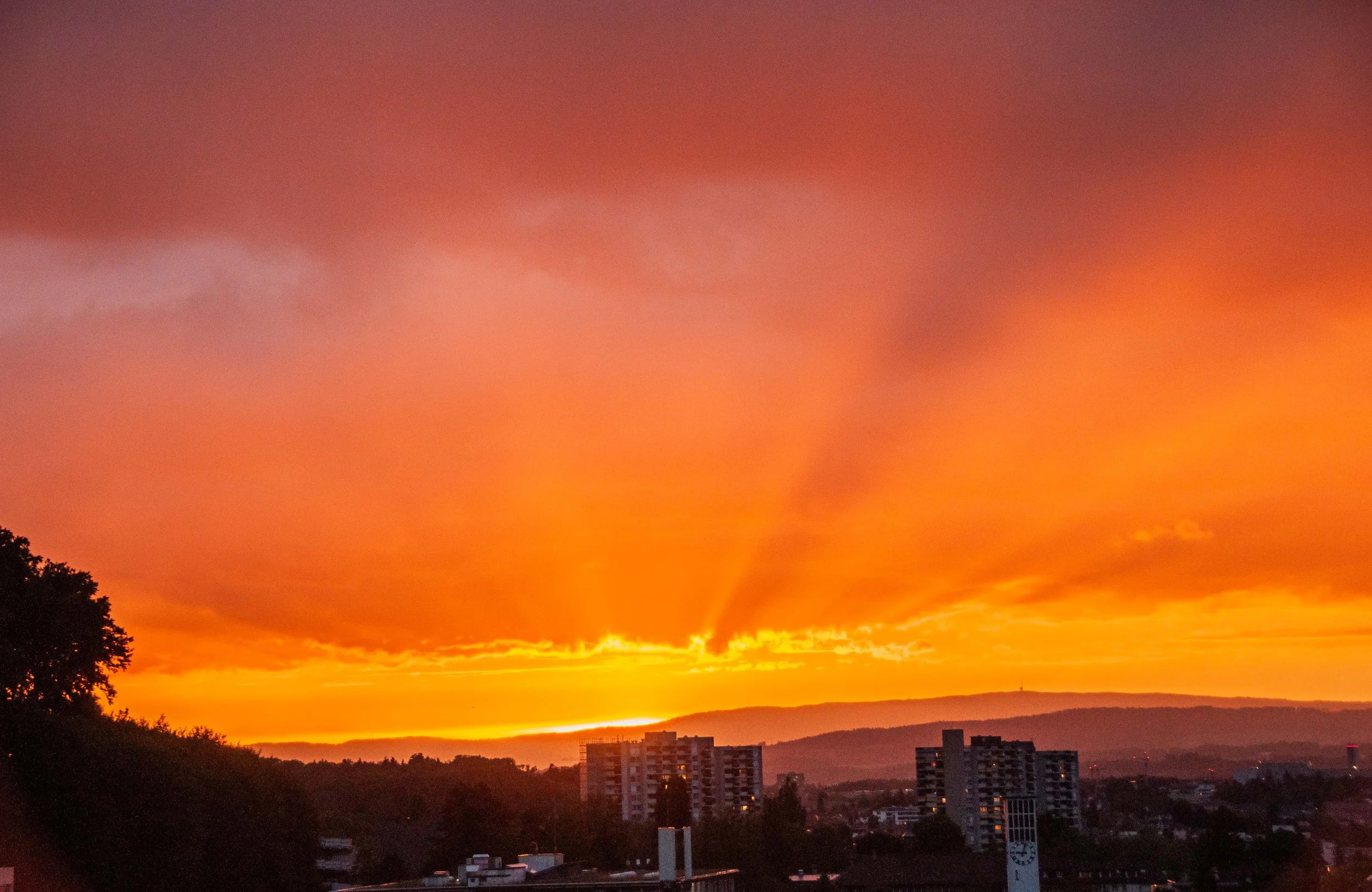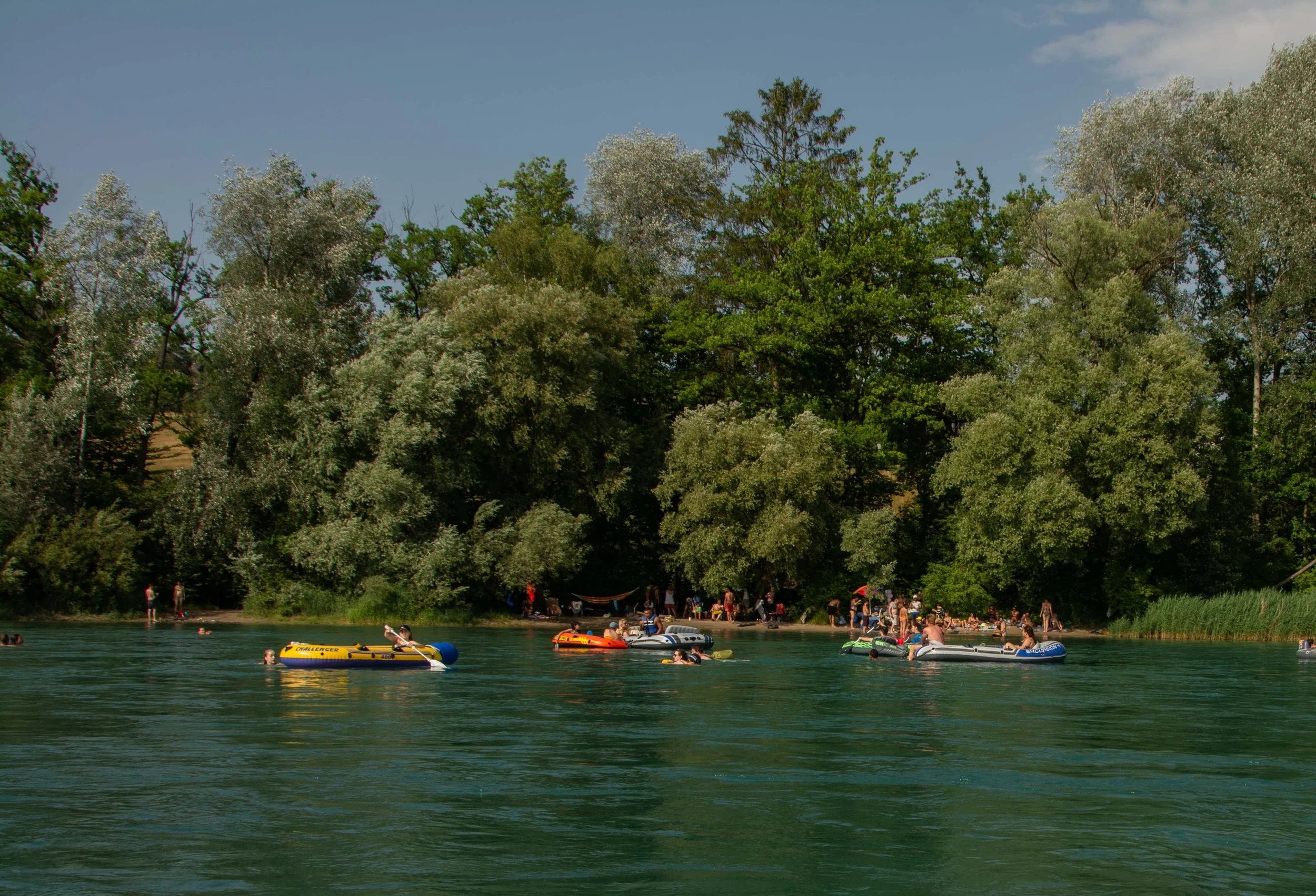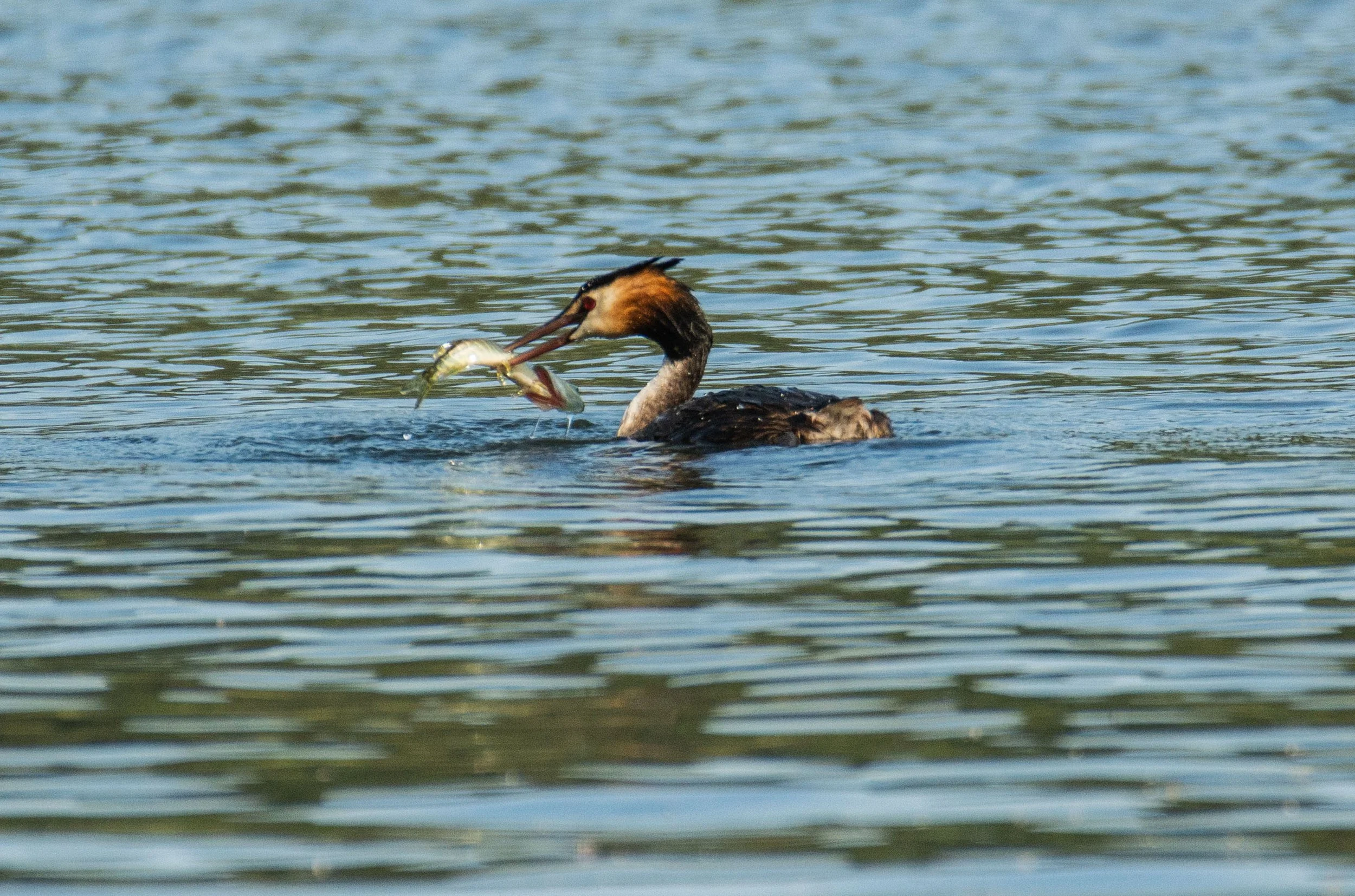Once again, I find myself apologising for the lateness of the blog. It should have been written about 4 months ago, but somehow I never really got round to it. Moving to Switzerland, moving to our new apartment, and exploring the neighbourhood all took my attention. But that is not really an excuse, is it?
After our Mexican holiday we began the next phase of our peripatetic life, in Switzerland and all the modern amenities that Europe has to offer. Like electricity. And cheese. And public transport. And clean(ish) air. For instance. Such a welcome change from Addis.
1. Cooking with a head torch during one of the blackouts (in Addis). Mind the fingers.
Not that we didn’t enjoy our stay in Ethiopia. The country is so rich in cultural and physical resources we are sure that it could have a wonderful future if it can ever come to terms with its history and its ethnic divisions.
2. The Church of St. George in Lalibela, the most famous of the rock churches.
Ursula found her work in the country, with the Swiss Red Cross working through the Ethiopian Red Cross Society (ERCS), both interesting and rewarding. Unfortunately the impact of the civil war with Tigray, combined with the drought affecting the whole of East and the Horn of Africa, will have social and economic consequences for years, even decades to come.
3. Ursula and the office staff having a morning bunna at a coffee shop near the office.
4. Ursula saying farewell to the colleagues from the other Red Cross Societies at a farewell on the roof terrace of our apartment in Addis
It seems likely that we will be in Switzerland for at least the next 5 years. We have bought an apartment in a village called Frauenkapellen and moved in there at the beginning of July. While waiting for the apartment to be finished, it is a “new build”, we stayed in the apartment of our friend Jurg in Wabern.
The Swiss begin the summer festival season with the Tulip Festival in Morges, on the shore of Lake Geneva. Glorious weather and the crowds turned out in thousands to view what I had always thought was a Dutch phenomenon. But the Swiss are muscling their way into tulip mania.
5. Strolling through the tulips.
After admiring the flowers, we took a longish walk back to the station in Lausanne along the shores of the lake. It was a glorious day and the people were making the most of it, swimming, sailing and just enjoying themselves.
6. Enjoying Lake Geneva
This festival was followed in May by the Thai Street Food festival held in a park in Bern. It was almost overwhelming, the number of Thai food stalls, but also the wider Asian food experience; Vietnamese, Chinese, Nepalese, and even Indian food stalls. And of course, assorted beers from across the region.
7. Thai Street Food, so much food, so little time.
We spent a very happy evening with a friend, sampling the different cuisines and the more liquid refreshments on offer. Switzerland seems to do this sort of thing so well. Little children running about between people’s legs, prams and bicycles everywhere, and everyone good natured and helpful and smiling, and, in spite of the amount of beer consumed, no visible drunkenness.
8. A Chinese food stall. All stalls seemed to be run by women for some reason.
Annually there is the photographic exhibition held in Műnsingen by the local photographic society. The exhibits are entered by local societies from around Switzerland, but with most coming from the Bern region. Like most things it is geared around families, so there were also activities for children, and I was particularly taken with this roller slide. It seemed to be the normal roller system used in warehouses, on a gentle (ish) slope. Note, no rails or other safety measures. If you fall off and scrape a knee or break and arm, that’s your lookout. Switzerland does have a refreshingly lassaiz fair attitude to safety measures.
9. I just loved the excitement of the little girl.
Our neighbour, in Jürg’s apartment, Elizabeth, is a painter and an installation artist and she invited us to the opening of an installation she and a fellow artist had created in the Swiss countryside.
10. The words made up a story / dialogue with the trail.
The letters of each word along the sculpture trail were grown onto the stones. The letters were painted on the stones using a mixture of yoghurt and other “fertilizer” to provide a substrate on which moss will naturally grow. This is a long process, moss is not a fast grower and it took, I think she said, about one year for the letters to grow. The words were placed along a path in the countryside.
It was a lovely hot day and with the traditional wine and snacks that accompanies the opening of any exhibition, we thoroughly enjoyed it. It was given an additional boost by the sighting of a pair of storks flying overhead, the first any of those present had seen this year. Before we left Addis the storks had been gathering prior to their northward migration. They had been a frequent sighting from our rooftop terrace there, so it was good to see them again.
11. These storks in Ethiopia would be arriving in Europe around this time.Too high to photograph in Switzerland, so I give you this one taken in Addis Ababa just before we left.
Come June, come summer, the temperatures soared and with them came the inevitable thunderstorms giving us amazing sunsets that seemed to set fire to the whole sky.
12. Summer sunset over Bern.
In summer the citizens of Bern take to the Aare River, swimming and with anything that floats. The more adventurous float down sections of the river using noodles or other devices. The river itself is about 32 km from Lake Thun to Bern, and for those with inflatables, loaded up with beer and picnic food, the float down the river takes most of the day. This is not without its risks and every year there are drownings in the Aare, but enthusiasm for this activity continues unabated.
13. Drifting down the Aare or barbecuing on ther bank, the citizens of Bern take to the water in summer.
Summer also brings buskers to the streets of the city. The standard is high, I believe they must do audition for permits. The variety of instruments played is wide and often unusual. (I always photograph musicians in black and white. Just a thing I have.).
14. I am sure there is a name for this sort of music box, but I don’t know it. I often see this busker playing around the city.
I spent many summer days on the Gurten trying to photograph the three species of raptors that are found there in summer, the Buzzard, Red Kite, and Kestrel. I failed for the buzzard, only one lousy picture there. But succeeded with the kestrel and the kite.
15. A kestrel searching for something to eat.
At the end of June we moved, to our apartment, finally finished, in the village of Frauenkappelen northwest of the city. So, farewell to the city, and thank you to Jürg.
16. The “kappel” in Frauenkappelen.
We began collecting our belongings from the various places we had stored them while we were in Ethiopia. We moved in and began the stressful business of downsizing and furnishing. Book cases had to be bought to house the packing cases of books; lights were researched and bought and an electrician found to instal them. Slowly we assembled the apartment to our satisfaction. And then our pictures were unpacked, far too many for the apartment, and sorted into those to be hung and which to store. Fortunately, we also have a large basement for storage of possessions that are “surplus to requirements”.
The apartment is small (80 sq. meters) by the standards of our previous living places, but is more than adequate for our needs and we are really enjoying the community we live in. The apartment has a bedroom, a spare room we use as a study but also can be used as a guest room, and a lounge dining room with kitchen. The lounge opens onto a large veranda which we used a lot in summer.
17. The lounge seen from the kitchen area.
Frauenkappelen is a rural village that is becoming peri-urban. We are about 6 km from the nearest shopping centre with supermarket, but in the village, we have a farm vegetable shop with an honesty box for payment. And a bit further on, a farm butchery shop that has some of the best meat we have had in Switzerland. We also have a dorfladen, or village shop selling basics. The only drawback is that the bus service is restricted to one bus per hour, so you need to plan your commuting carefully. Or else, as we have done, invest in electric bicycles.
There is a lovely sense of community here, and shortly after we moved in there was the annual summer celebration, beer, wine, barbecue (braai) and general games and socializing that went on late into the night. But first there was the kids football match.
18: The children’s football match, note the pitch neatly drawn on the ground. Well organised, but ended in confusion.
Twenty minutes’ walk away, at the bottom of a steep hill we have a lake, the Wohlensee, created by a dam on the river Aare. The dam was built to provide cooling for the nuclear power station in the district. The power station has been decommissioned! The lovely lake is much used by rowers and fishermen and, in season, swimmers. It is well wooded on our side of the lake, the south side, and the northern side is largely farmland. Agriculture is mostly apple and cattle, although horse riding seems to be very popular with several “ranches” or whatever you call horse farms. I suppose stables.
19. The Wohlensee with rower and paddle boarders. A beautiful morning. The white dots on the water to the left are swans.
The lake is about 6 km long and is a waterbird haven, particularly in the winter when waterbirds migrate here from frozen northern Europe. I try to do bird counts there at least once a week – and the walk up and down the steep hill encumbered by a rucksack full of cameras and a telescope, and carrying a tripod, keeps me fit. The ducks and swans seem remarkably unfazed by the rowers sculling up and down the lake. I have also seen a beaver swimming across the lake and disappearing into the reeds, but strangely I have not seen any trees felled by them. Further downstream, saplings and small trees felled by beavers are common. Perhaps the relative stillness and stability of the water levels affects their behaviour.
20. A Great Crested Grebe with a small pike. A woman dangling her legs in the water from her paddle board had her leg savaged by a large pike!
And so, as autumn brings its “mellow fruitfulness,” we are preparing to go to New Zealand. We have not been there since covid, so we are really looking forward to relaxing in the sun, seeing family and friends again, and just generally chilling out.
21. Autumn on the banks of the Wohlensee.
Best wishes and love to everyone and we hope you all have a lovely christmas wherever you are
Chris and Ursula
